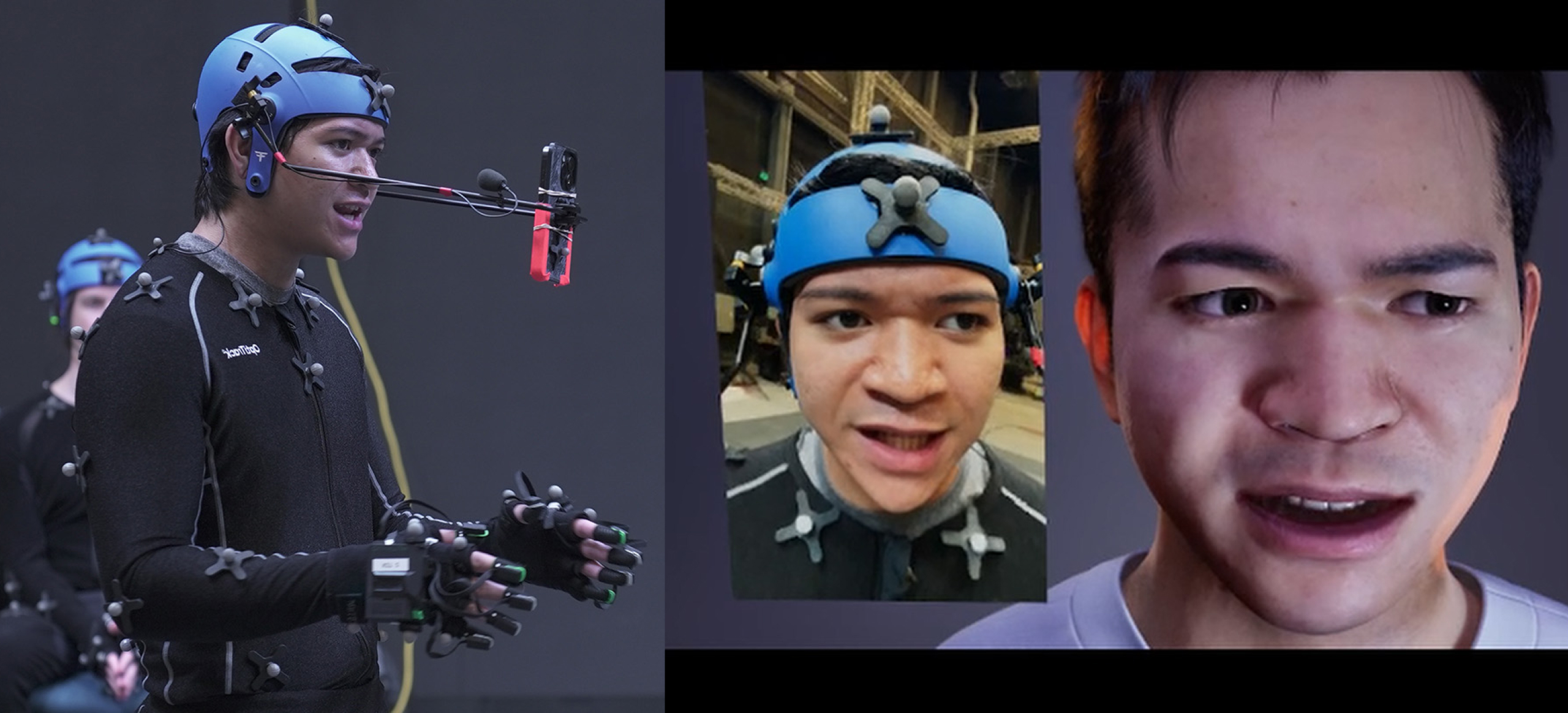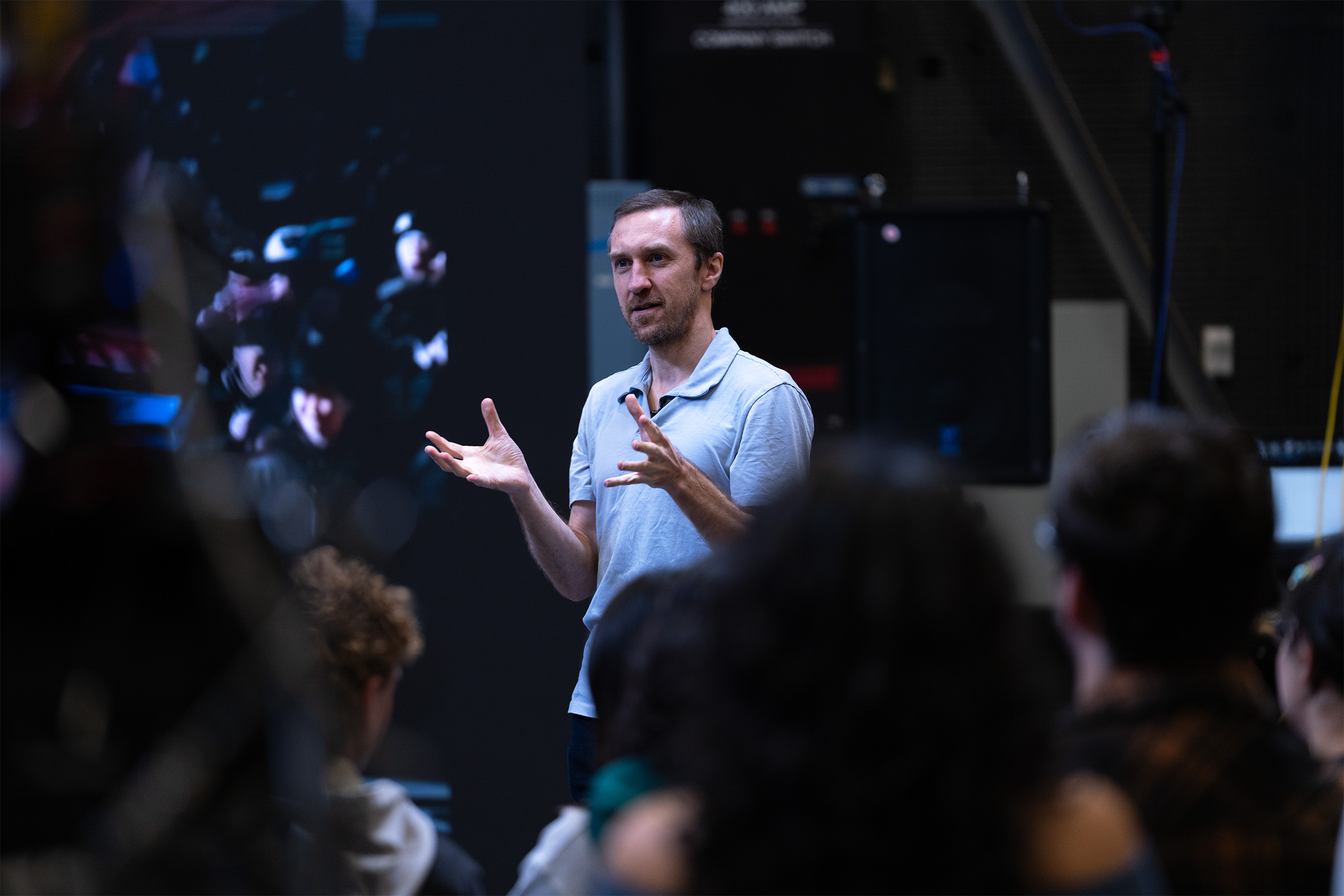
Research
The benefits of a research partnership with SIRT includes
- Access to expert R&D teams in pre- and post-production for screen industries
- Use of a 10,000 sq. ft. sound stage with LED wall, motion/performance capture, and specialty displays
- Unreal Engine Authorized Training Centre support for seamless VP workflow integration
- Expertise in applying for government grants to support collaborative projects.
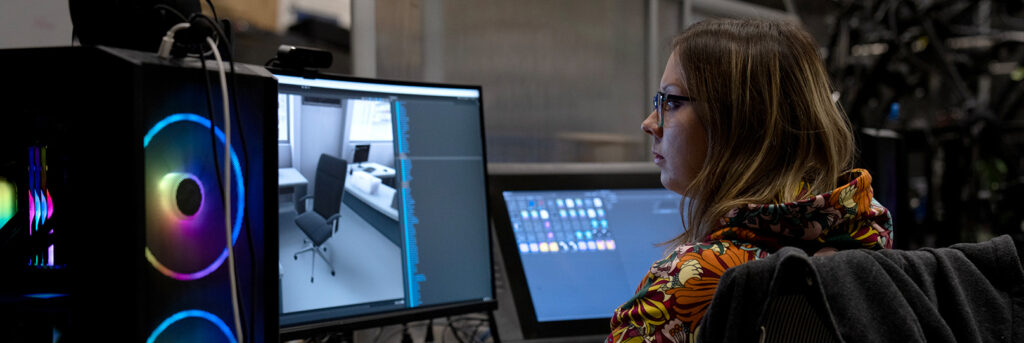
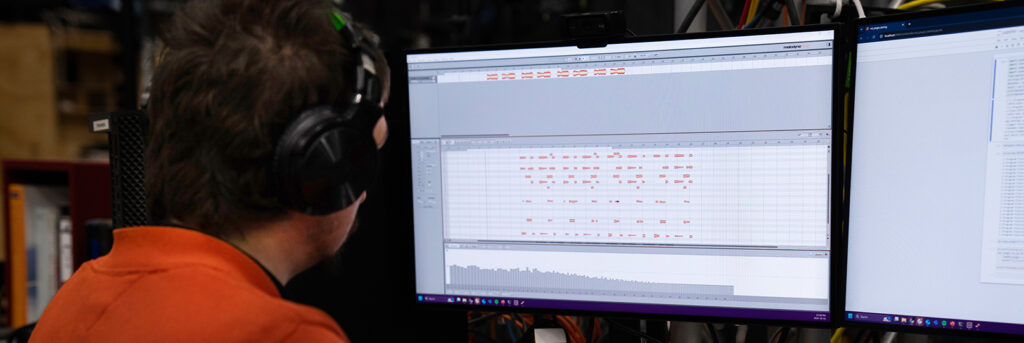
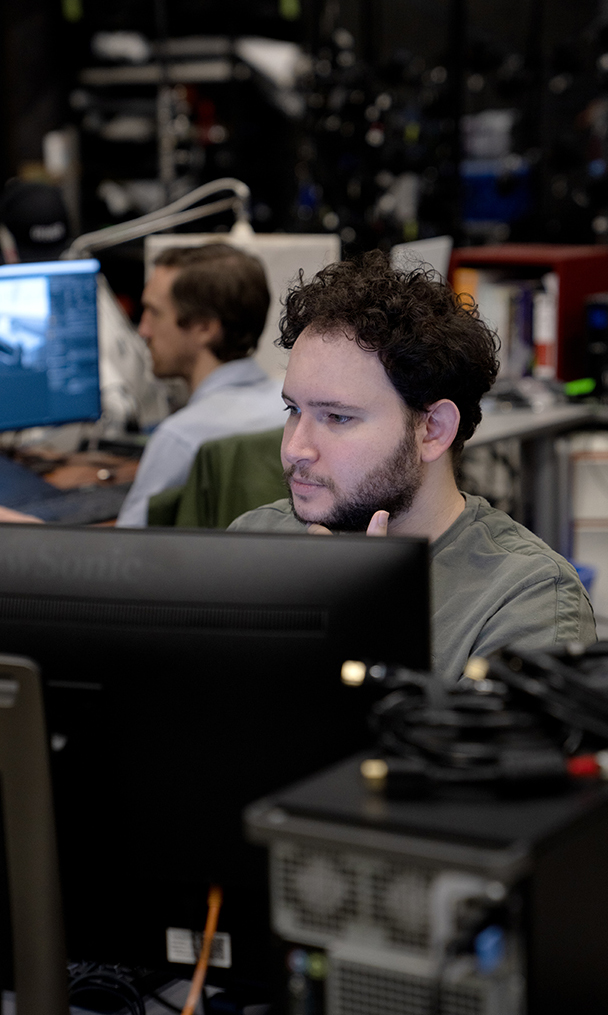
Our main research areas

Virtual Production

SIRT’s Virtual Production (VP) team creates immersive visuals using LED walls, camera tracking, and Unreal Engine.
We test new tools, verify industry practices, and streamline workflows—shifting creative decisions earlier and reducing postproduction time.
Timelapse of the assemble of our LED wall
SIRT’s motion capture volume consists of 42 truss-mounted OptiTrack cameras within an 1800sqft capture space and is capable of supporting up to 10 actors at once.
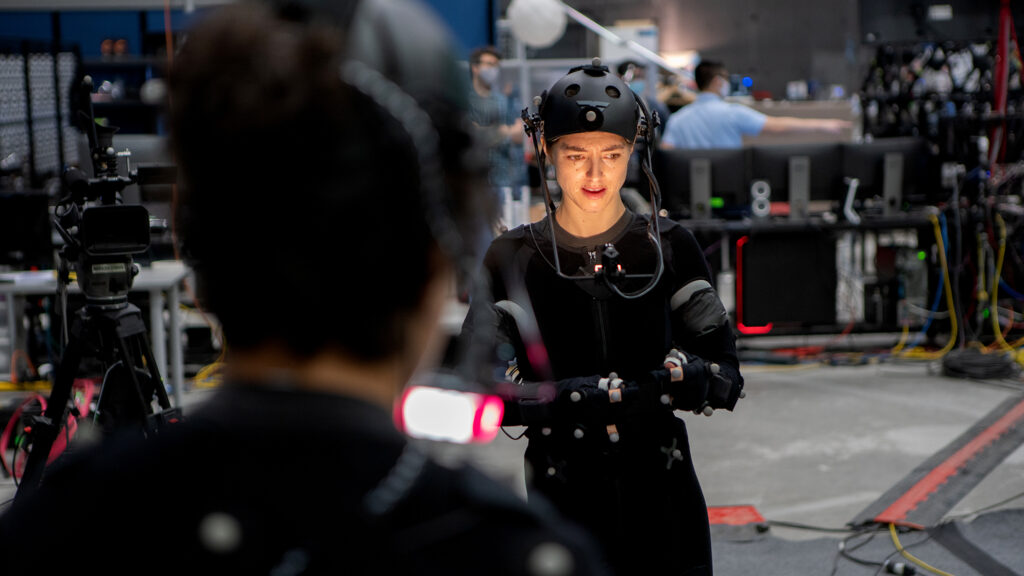
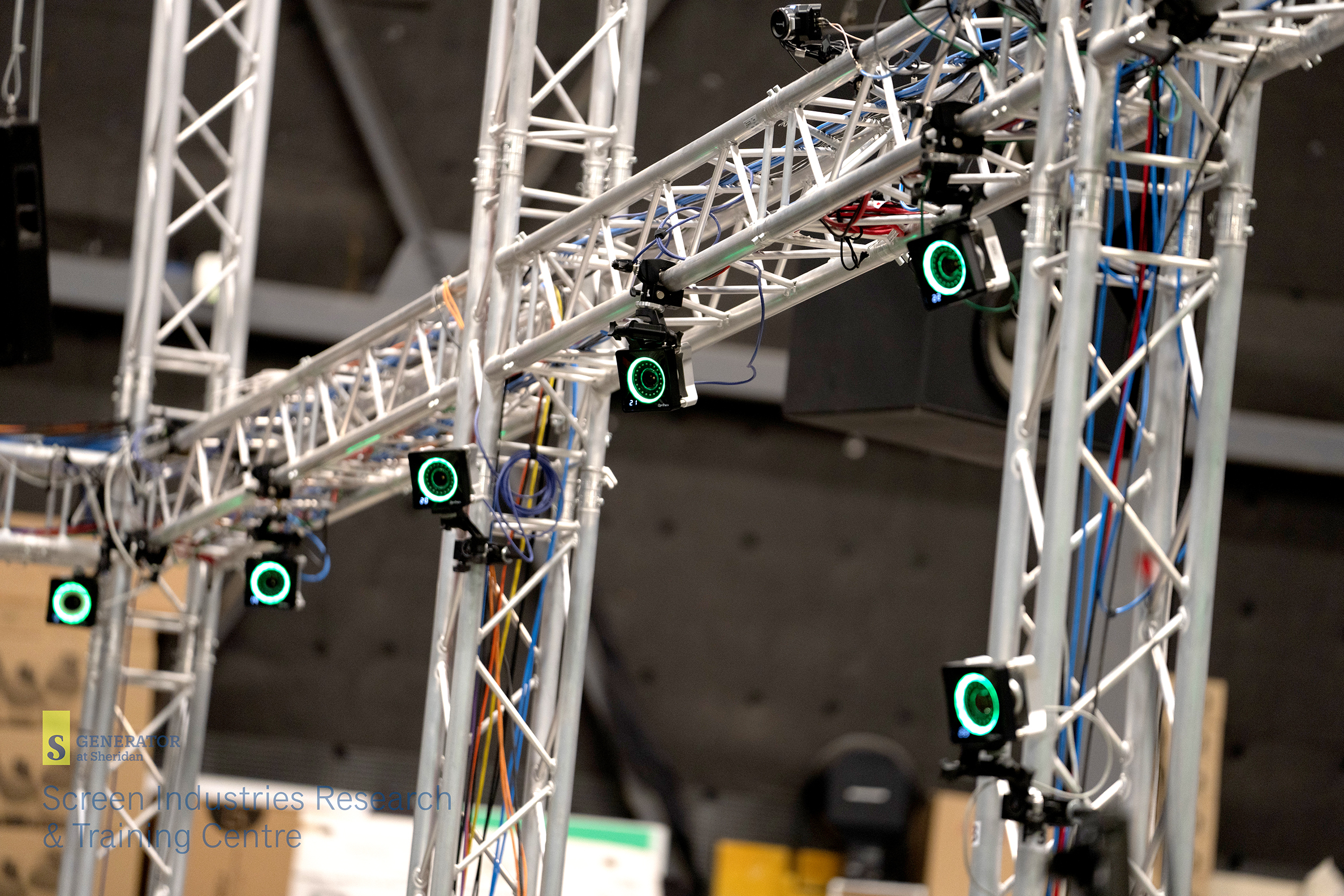
The system is pivotal in virtual production research and for tracking cinema cameras. SIRT researchers use the volume to conduct virtual production tests, to capture data for research projects, and to deliver motion capture workshops.

AI Virtual Humans

Virtual humans are computer-generated human characters that are found in animated and visual effects-based productions.
They can use language, enact human gestures, show emotion, and react to verbal and non-verbal cues. Most importantly, they are photorealistic. This is achieved through our high-end photogrammetry rig and through attaching facial rigs to real humans, which defines the range of motion set.
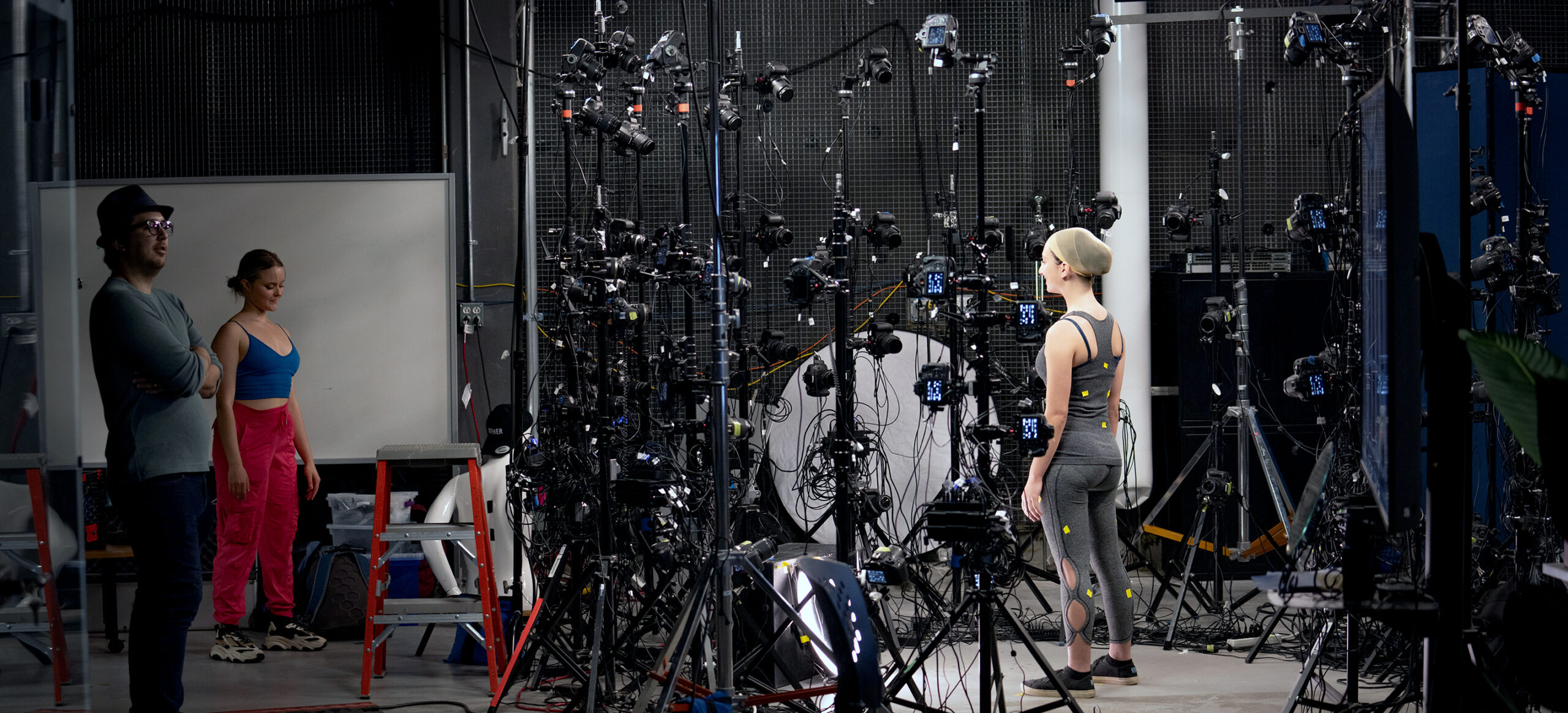

Software
Engineering & AI
SIRT’s software team collaborates with industry partners to solve technical challenges
We develop custom tools using Unity, Unreal Engine, and emerging platforms. Our projects range from interactive assistants and plugin prototypes to immersive AR/VR training experiences and virtual production workflows.
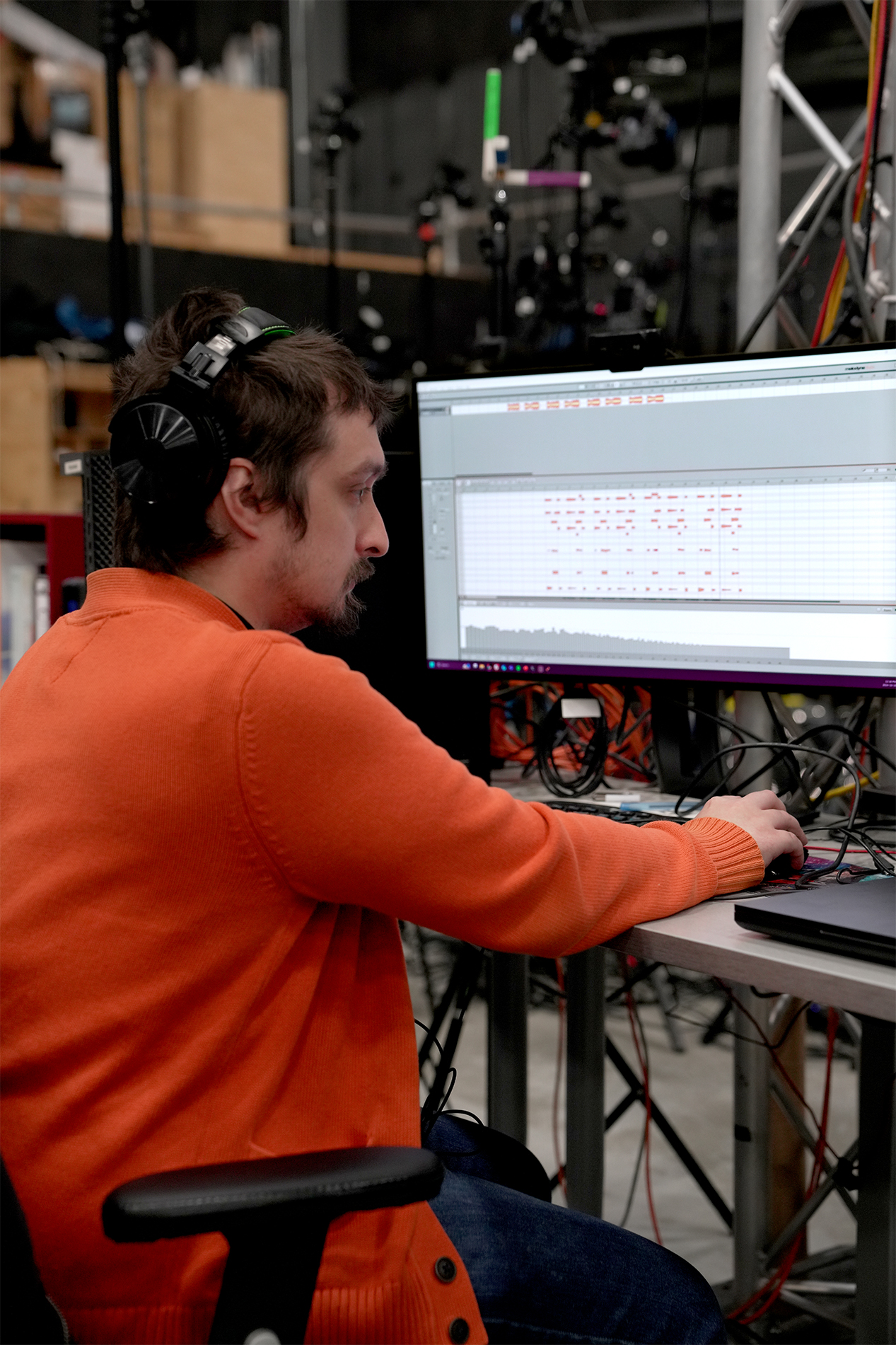

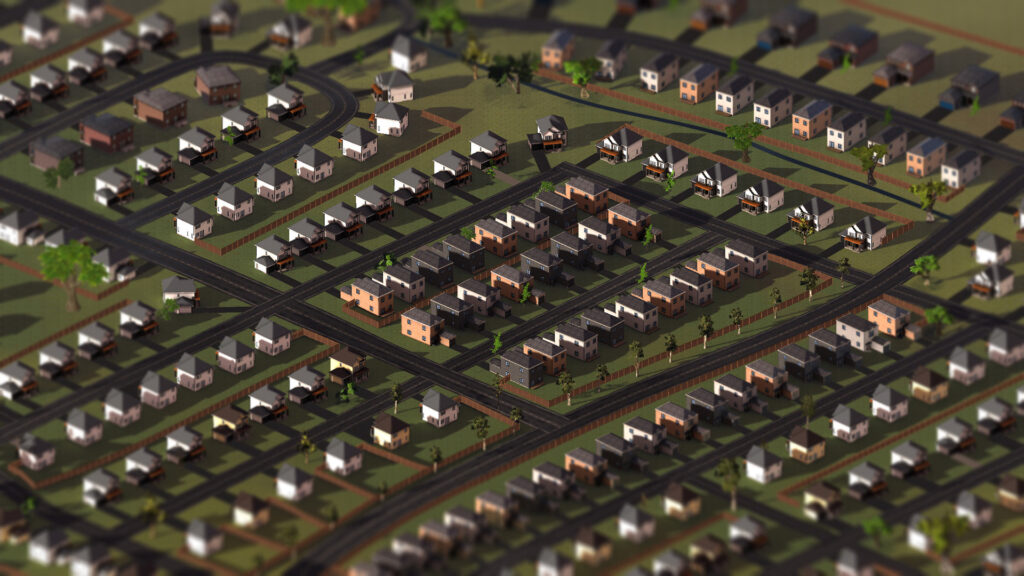
Our Case Studies
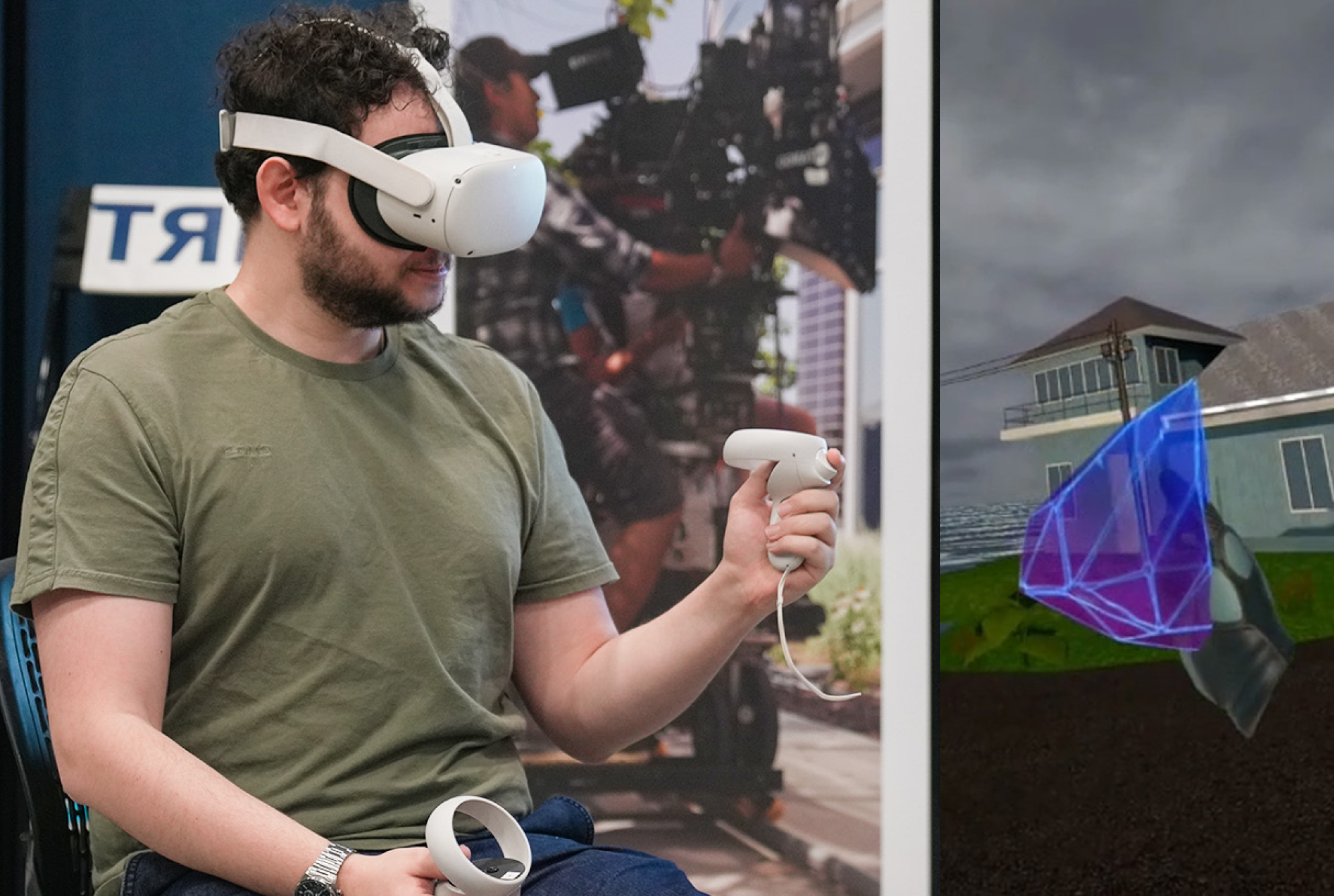
Explore how our research transforms into actionable outcomes through case studies that span across screen industries.
At SIRT, our applied research goes beyond theory. Each case study reflects a real-world collaboration where innovation, technology, and creativity come together to solve industry challenges. These projects highlight our hands-on approach to prototyping, testing, and refining impactful solutions across screen industries
